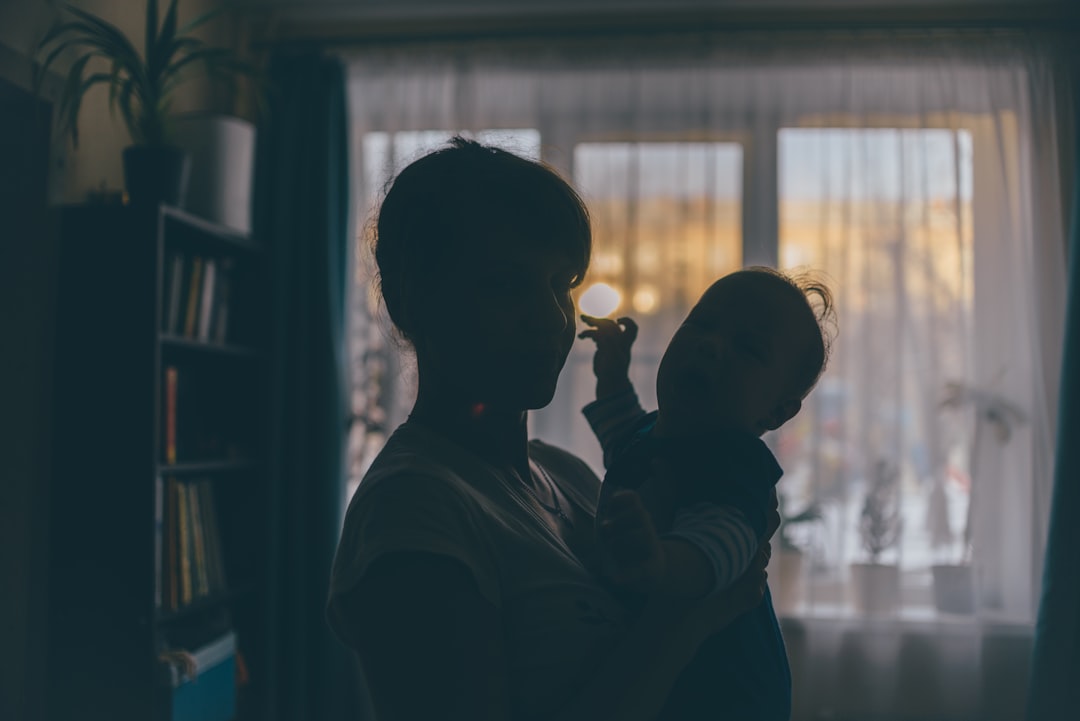Adoption is an act of profound love—one that reshapes the lives of children and parents alike. But as adoptive parents, sharing your child’s birth story can feel complex and daunting. You want your child to feel safe, loved, confident, and accepted, and you also want to honor their origins. Parents often wonder: How do I talk to my adopted child about their birth family or story? In this in-depth guide, we’ll explore how to share your child’s origin story in age-appropriate ways, foster connection, and support their sense of identity from childhood through adolescence.
Why Your Child’s Birth Story Matters
A child’s origin story is foundational to their sense of self. For adopted children, this story can be layered, emotional, and sometimes accompanied by loss or confusion. Knowing their story helps children:
- Understand their identity and cultural background
- Build trust and attachment with adoptive parents
- Process feelings about adoption, loss, and belonging
- Answer questions from peers confidently
- Establish secure roots for healthy development
Because adoption stories are unique, there’s no script—what’s most important is openness, empathy, and age-appropriate conversation.
Preparing to Share the Story: Adoptive Parent Readiness
Before you begin discussing your child’s birth or adoption story, consider your own emotions. It’s natural to have complex feelings, and that’s okay. Try these strategies to get ready:
- Reflect on your feelings: Work through any grief, loss, or uncertainty about your child’s past. Speak with a therapist or adoption support group if needed.
- Gather accurate information: Know as much as possible about your child’s background, even if some details are unknown.
- Align with your co-parent: Ensure all caretakers agree on how much to share and how to present sensitive details.
- Anticipate questions: Kids will naturally ask “why” and “how.” Think ahead about your language and approach.
When Should You Start Telling Their Story?
Experts agree: it’s never too early to talk about adoption. Start using adoption-related words from infancy, normalizing the conversation long before your child can talk. Research shows that children who grow up always knowing their adoption story feel more secure than those who find out later.
Make adoption a recurring, not one-time, topic. This ongoing narrative empowers your child to make sense of their identity at every stage, from toddlerhood through teen years.
How to Share the Birth Story at Every Stage
Infants and Toddlers
Even babies benefit from hearing their story. Focus on love and your family’s connection:
- “We’re so glad you joined our family.”
- “Adoption means we became your family forever.”
- Show photo albums and repeat your family’s joyful gathering story.
Don’t worry about complicated details yet—simple, loving language lays the foundation.
Preschool and Early Elementary
Preschoolers begin to notice differences and ask questions. Now’s the time for basic explanations:
- “You were born from another tummy, and then we became your forever family.”
- “Sometimes birth parents can’t take care of a baby, so loving families adopt.”
Books with adopted characters and simple storylines can help explain (see recommendations below).
Late Elementary to Pre-Teen Years
Your child may want more specific answers about their birth family’s circumstances. Answer sensitively and honestly at their level:
- “Your birth mom loved you very much, but she wasn’t able to care for a baby at that time.”
- “We don’t know all the reasons, but we do know she wanted you to have a safe, loving home.”
Let your child’s curiosity guide the depth of conversation. Validate feelings of sadness, anger, or longing—they’re normal and healthy.
Adolescence and Beyond
Teens form a mature sense of identity and may seek out birth family connections. Support their autonomy and provide facts, even if the past contains difficult truths:
- “If you want to learn more about your birth family, we’ll support your journey.”
- “This is what we know—if you want, we can look for more answers together.”
Encourage open discussion about feelings of loyalty, love, grief, or anger.
Answering Tough Questions About Adoption
Adopted kids often ask tough, sometimes unexpected, questions. Common examples include:
- “Why did my birth parents give me away?”
- “Do you love me the way real parents do?”
- “Where are my birth siblings?”
How to respond:
- Be honest: Share facts appropriate for their age, even if some answers are “I don’t know.”
- Use positive adoption language: Avoid words like “real parents”—instead, use “birth parents” and “adoptive parents.”
- Normalize emotions: Assure your child that curiosity, sadness, and mixed feelings are perfectly normal.
- Focus on permanence and love: Emphasize your commitment (“Families are made in many ways, but we’re yours forever”).
Using Books and Media as Conversation Starters
Reading stories about adoption can help children feel seen and open up about their feelings. Some highly recommended children’s books:
- A Mother for Choco by Keiko Kasza
- The Family Book by Todd Parr
- Tell Me Again About the Night I Was Born by Jamie Lee Curtis
- I Wished for You by Marianne Richmond
For older kids, podcasts, movies, or memoirs featuring adopted characters can help spark discussion. Always preview media first to ensure it’s developmentally appropriate and positive in tone.
Mental Health and Adoption: When to Seek Extra Support
Most adopted children thrive, but some may encounter emotional challenges, especially around identity, grief, or attachment. Signs your child may need professional support include:
- Ongoing sadness or withdrawal
- Anger or emotional outbursts about adoption
- Difficulty trusting caregivers
- Anxiety or low self-esteem related to their history
Adoption-competent therapists can help children—and parents—explore these feelings in a healthy, constructive way.
Honoring Cultural or Racial Backgrounds in Adoption
For transracial or international adoptions, children may also grapple with cultural identity and a sense of belonging. It’s crucial to:
- Maintain links to your child’s birth culture and community
- Celebrate their heritage through traditions, books, music, and cultural events
- Find diverse role models and peers
- Address questions about race, ethnicity, and identity openly
Adoption is not the erasure of a child’s past, but the weaving together of two (or more) stories into a richer whole.
Staying Open: Adoption is a Lifelong Conversation
As your family grows and changes, your child’s questions and feelings about their adoption may shift. Stay open, answer questions promptly, and reassure your child that every feeling is welcome. Some families create “life books”—personal scrapbooks documenting the child’s journey—which can be treasured and updated over time.
Conclusion: Love is the Heart of Every Adoption Story
Helping your adopted child understand their birth story is an ongoing journey, not a one-time conversation. Openness, honesty, and empathy are the best tools you have. By respecting your child’s emotions, honoring their past, and nurturing their sense of identity, you help them thrive—now and into adulthood.
Takeaway: Every adoption story is unique, but with love and openness, your child’s story can be a source of pride, strength, and deep connection for your whole family. Embrace every chapter together—you’re building a legacy of unconditional love.




